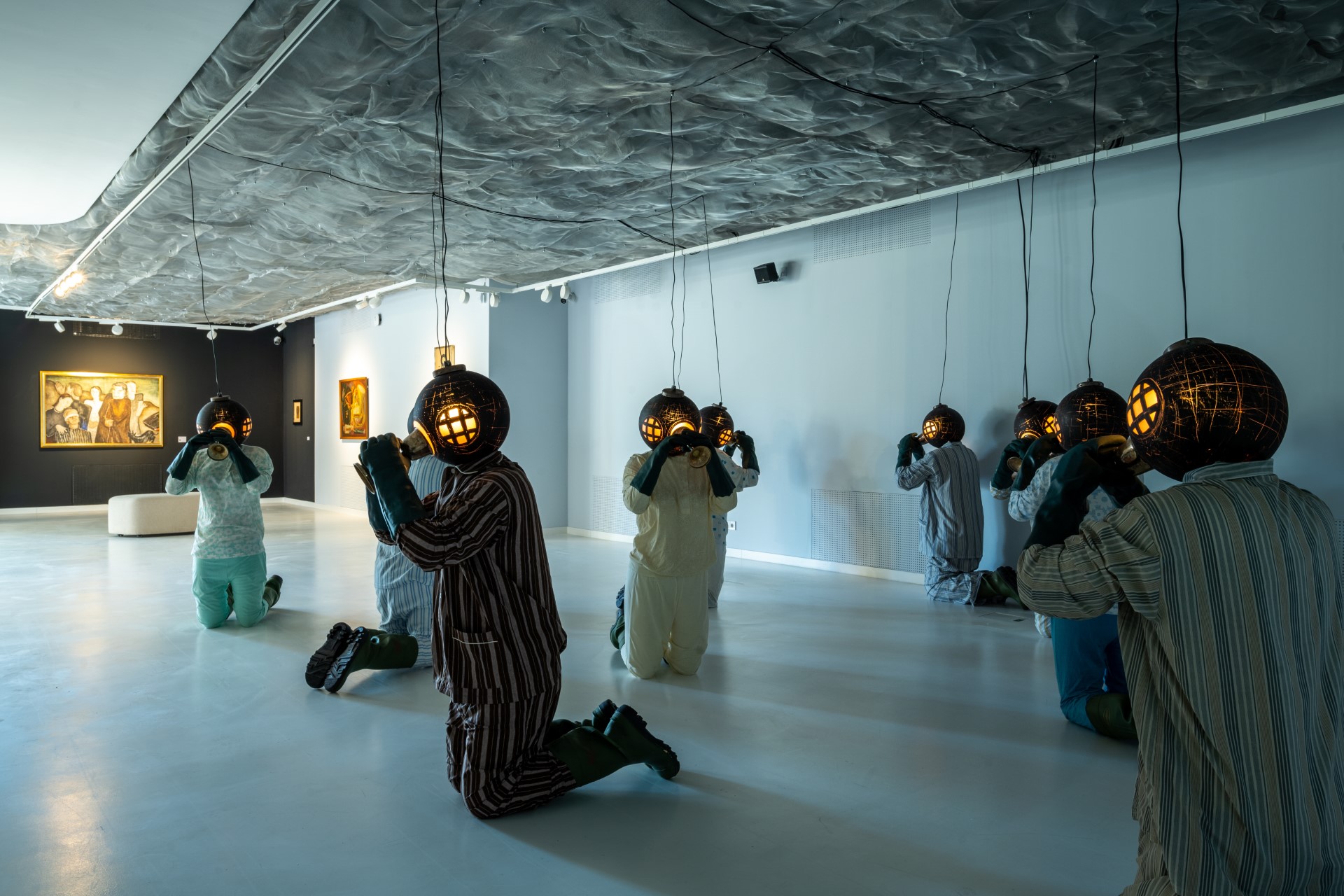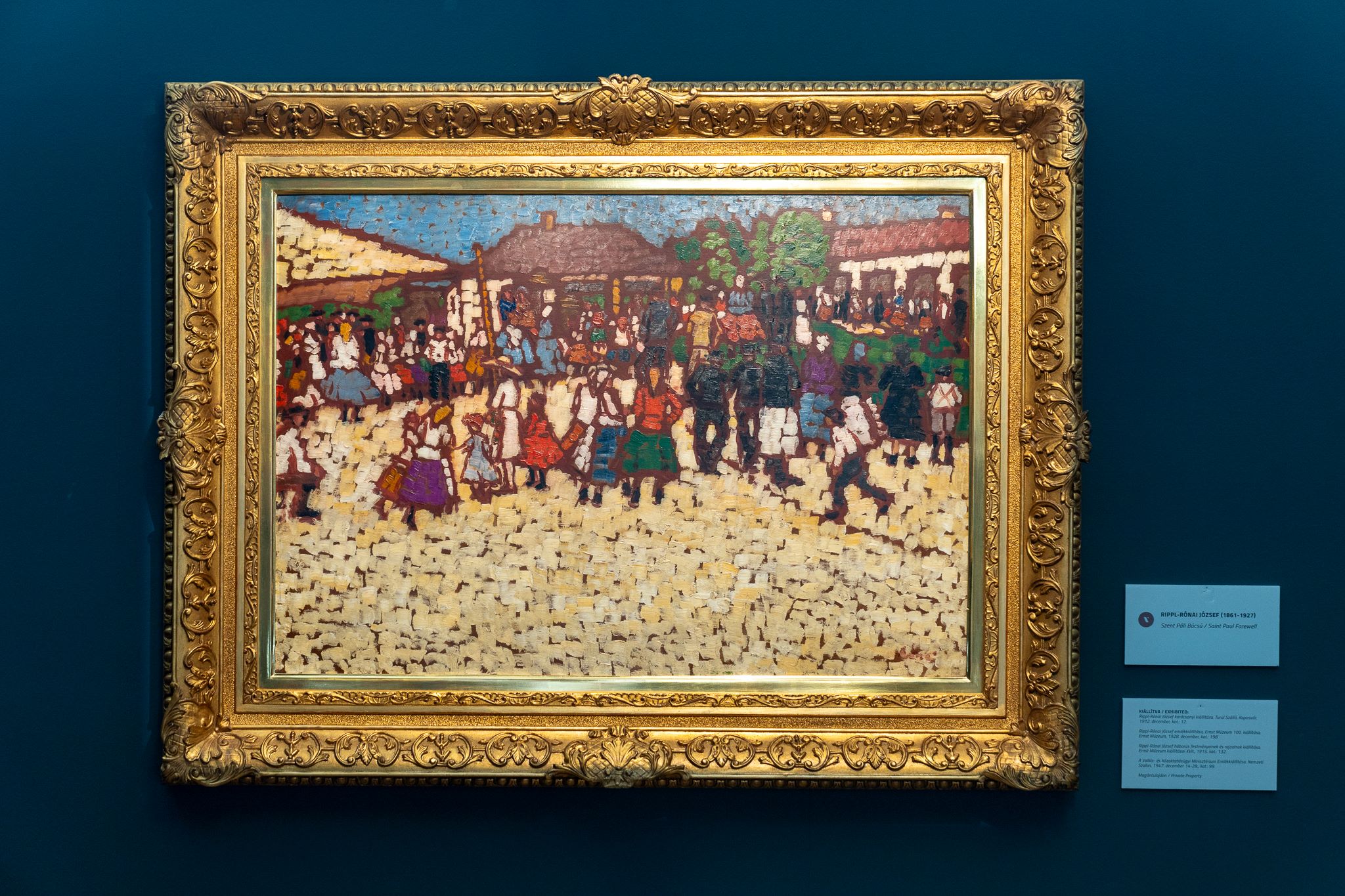Northern Irishman Brings Writings of Miklós Bánffy to International Audience
-OK-NET.jpg)
Thomas Sneddon
Miklós Bánffy was, as they say in the vernacular burokban született in 1873 with a silver spoon in his mouth (although the more literal translation is “born in a sheath”), and with a glittering career beckoning. He became an MP, director of the Hungarian Opera, a playwright, author and even an international negotiator. But after a life enduring border changes, wars and political upheavals, he died a pauper in Budapest in 1950. Today, Bánffy and his works are little known even among Hungarians, less still among foreigners: Northern Irishman Thomas Sneddon has set out to change that.
Anyone who has even dabbled with learning Hungarian will appreciate “An Oratorical Triumph,” a story of little more than two pages by Bánffy, in which he recounts the struggle of Archduke Karl Ludwig, the younger brother of Austro-Hungarian Emperor Franz Joseph, to address an audience in Nagyvárad (today’s Oradea, in Romania) in the early 1880s.
The Archduke was on an inspection of the Empire’s Red Cross offices and had taken the train, replete with his personal royal carriage, from Budapest to Transylvania. He was accompanied by Gyula Károlyi, a senior figure in Hungarian society and father of a future prime minister, Mihály Károlyi.
Sometime after their departure, the Archduke invited Károlyi into his carriage. The Archbishop of Nagyvárad had sent across not only his welcoming speech but also his suggested reply for the Archduke, all in advance and all in the Magyar tongue.
But there was a snag, as the Habsburg Royal ruefully had to admit (in German): his Hungarian was, well, rather rusty, so would Károlyi edit and simplify the response a bit, please? As he worked through the cuts and consulted, the bit soon became a chunk, then a big chunk until, finally, it was whittled down to just one sentence. This read: “I am delighted to be here and have been greatly heartened by the things I have seen during the inspection,” the last word coming out as a tapasztaltakkal in Hungarian.
The Archduke was exceedingly pleased with this much-abbreviated version. But, perhaps wearied by the mental exertion, perhaps lulled into slumber by the swaying of the carriage, it would seem he was loathe to practice it.
After their arrival, the inspection and subsequent sumptuous banquet, the moment of delivery was nigh; the Archduke rose and took the paper with the shortened speech from his pocket.
“I am delighted to be here,” he read, “and have been greatly heartened by the things I have seen during the tapa ... the tapastapala … the pastapala...”
Sensing the difficulty their esteemed guest was having, the audience came to the rescue with a loud cheer and enthusiastic applause. Despite (or perhaps because of) this linguistic hiccup, it seemed everyone was happy, and an impromptu procession accompanied the Archduke and Károlyi to the station for the next leg of their trip.
But Károlyi was very uneasy: there had very, very nearly been a royal embarrassment, and, sitting alone in his compartment, he cursed his thoughtlessness at leaving such a difficult word as tapasztaltakkal in the Archduke’s speech.
Then, but a few miles into the journey, a servant informed him that the Archduke would like to see him in his carriage. Károlyi set off with a heavy heart, fully expecting a very Habsburg dressing down. Yet, he was mistaken.
“I wanted to thank you, Count Károlyi, for your wonderful little speech,” the Archduke smiled in greeting. “That tricky word, in particular, seems to have hit the spot!… That tapalapa… talapatata… Oh, you know the one I mean! Absolute gem of a word!”
Thomas Sneddon is fascinated, almost enchanted by Bánffy’s writings, an enchantment that inspired him to begin translating the Transylvanian Count’s works in a project that has resulted in two pocket-book volumes, including “The Monkey and Other Stories.” It is from this collection of tales, written across Bánffy’s entire life, that the delightful story of the Archduke’s verbal stumblings originates.
It is also the example that Sneddon chose to read to his audience at the book launch in mid-summer.
A number in the collection offer vignettes into long-forgotten aspects of life, surely based on real events and the daily hardships and cruelties affecting common people in Austro-Hungary more than 100 years ago. Others, such as “Danse Macabre,” in which a romantic young nobleman falls hopelessly in love and has secret, if innocent, trysts with Queen Marie-Antoinette in Versailles, presumably stray well into fiction (even if they are deeply perceptive of the cringe-worthy grovellings of courtiers).

Kindly Presence
“I’ve always had this sense with Bánffy of a kind of a [….] he’s a kindly presence on the page, someone who wasn’t out to do his characters down for some ideological reason. There is a kind of willingness to be fair,” says Sneddon.
The second translation, “The Remarkable Mrs. Anderson,” is a rampaging novel of fiction about the theft of a priceless Leonardo painting from the Budapest Museum of Fine Arts and the baddies’ efforts to escape with the artwork in the boot of their car around Italy, with only reporter Milla Anderson (not the police) hot on their heels.
“I really enjoyed translating this. It’s a very fun read, though it has no pretensions of being a grand literary classic. It’s a kind of adventure story. I think it would work very well as a four-part TV series; it has the flow of television. It’s very nice, but it’s not particularly deep or meaningful,” Sneddon told the Budapest Business Journal.
Both volumes are published by Blue Danube/Somerset Books, and both sport intriguing covers (“Anderson” a 1930s Italian travel poster, “The Monkey,” an 18th-century screen in the John Paul Getty Museum, Los Angeles.)
“The design of the books, cover artwork and choice of paper kept me up at nights, so I’m glad you like the look of them. I think they’re a really nice size,” editor Annabel Barber told the BBJ after the launch.
When last checked, Best Sellers was offering both books at a 10% discount, retailing at HUF 5,940 apiece.
This article was first published in the Budapest Business Journal print issue of December 3, 2021.
SUPPORT THE BUDAPEST BUSINESS JOURNAL
Producing journalism that is worthy of the name is a costly business. For 27 years, the publishers, editors and reporters of the Budapest Business Journal have striven to bring you business news that works, information that you can trust, that is factual, accurate and presented without fear or favor.
Newspaper organizations across the globe have struggled to find a business model that allows them to continue to excel, without compromising their ability to perform. Most recently, some have experimented with the idea of involving their most important stakeholders, their readers.
We would like to offer that same opportunity to our readers. We would like to invite you to help us deliver the quality business journalism you require. Hit our Support the BBJ button and you can choose the how much and how often you send us your contributions.







